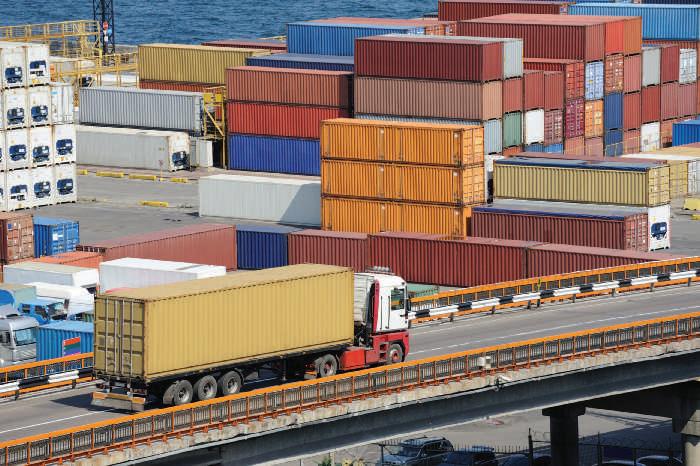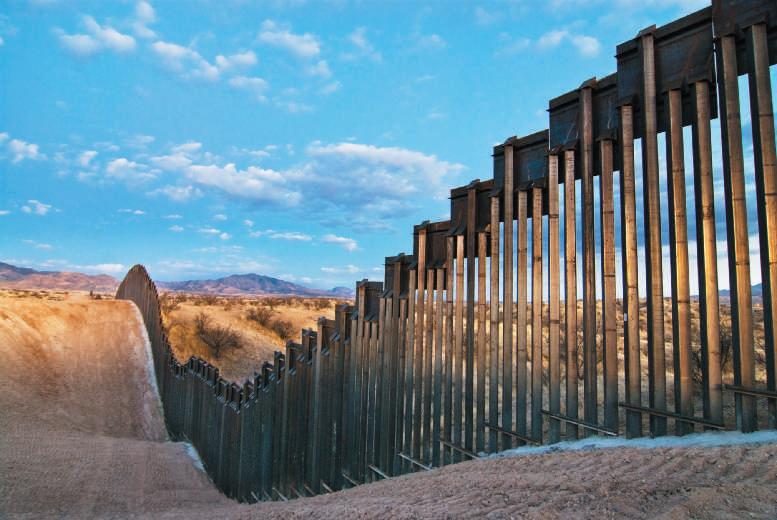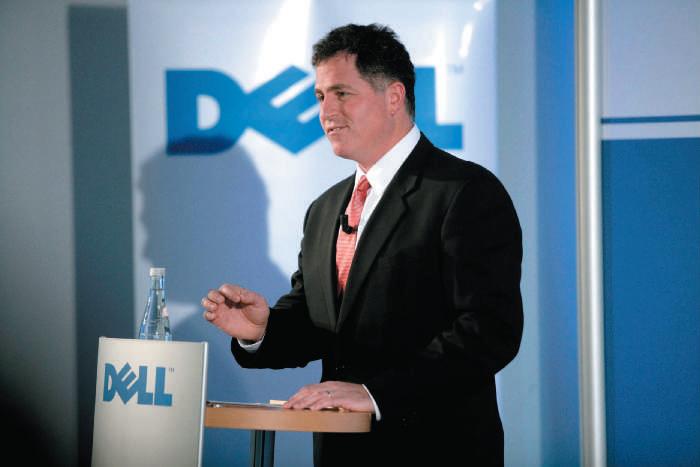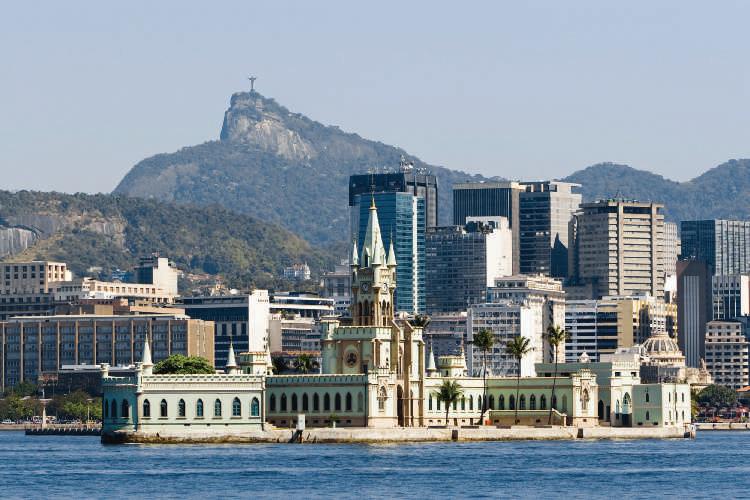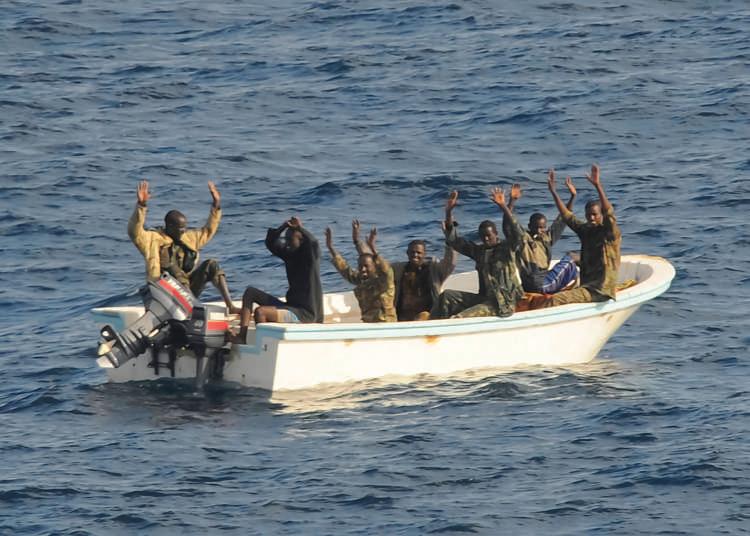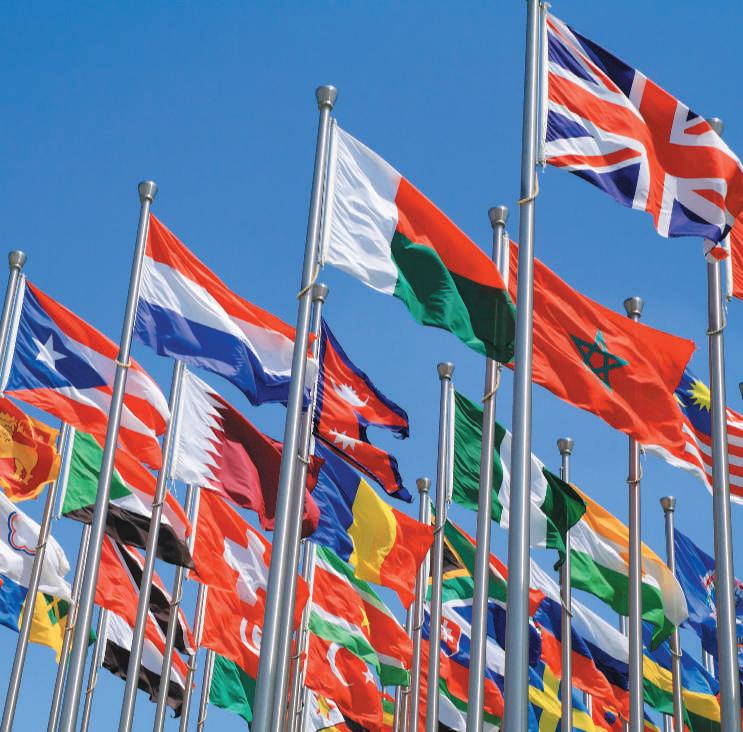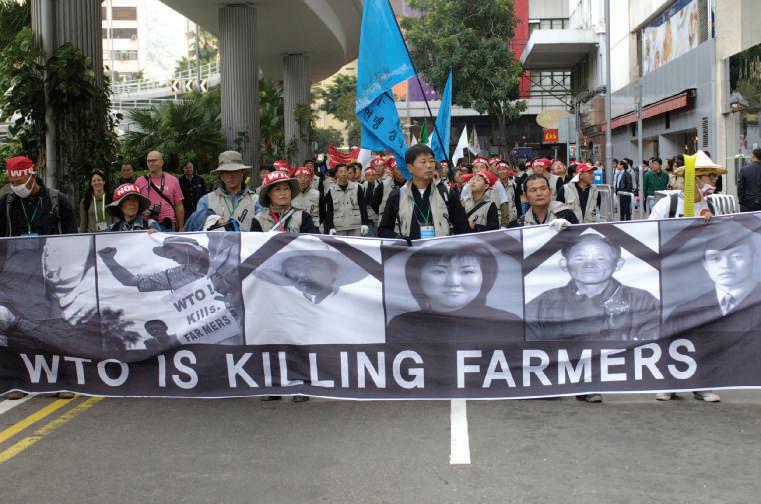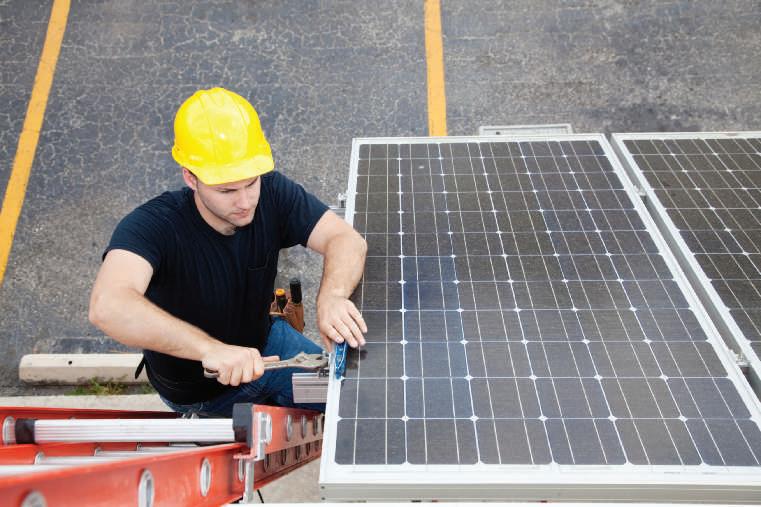K e y I n t e r n a t io n a l I n s t i t u t io n s t h a t F a cili t a t e G lo b a li z a t io n
13
Fourth, the Bank considers its role as a knowledge and information technology transfer agent to developing countries as the engine for sustainable development. The Bank’s work in bridging the digital divide has been aimed at speeding the globalization process. Finally, the Bank focuses on eradicating communicable diseases without neglecting the importance of cultural heritage in a shrinking, globalized world.
1-2c The World Trade Organization The World Trade Organization (WTO) commenced operation on January 1, 1995, but its trading system (which sets world trade rules) began in 1948 under the General Agreement on Tariffs and Trade (GATT). Whereas GATT primarily dealt with merchandise trade, the WTO and its agreements now cover trade in agriculture, services, inventions, and intellectual property. GATT’s liberalization of the trading system (lowering and/or removing trade barriers such as tariffs, quotas, and subsidies) was developed through a series of trade negotiations, or “rounds.” The first of eight GATT rounds primarily dealt with tariff reductions, but later negotiations included other areas, such as anti-dumping and nontariff measures. Lowering trade barriers has been one of the most simple ways to encourage trade and globalization. The barriers concerned include custom duties (or tariffs) and measures, such as import bans or quotas, that selectively restrict quantities. From time to time, other issues, such as deregulation and exchange rate policies, have also been discussed. Because of trade liberalization, there has been an exceptional increase in world trade, and merchandise exports have grown by an average of 6 percent annually since 1950. The eighth and last GATT round—the 1986–1994 Uruguay Round—led to the creation of WTO. The WTO, based in Geneva, Switzerland, has no branch offices anywhere else in the world. Its 160 member nations (as of June 26, 2014) account for more than 97 percent of world trade in goods and services. Another 23 countries are in the process of negotiating membership to join the organization. Simply put, the WTO addresses the rules of trade between nations at a near-global membership level. But more than that, the WTO has been an organization for liberalizing trade, a forum for governments to negotiate trade agreements, and a place for member governments to settle trade disputes. It operates a global system of trade rules. 1-2c-(i) The WTO and Globalization The WTO’s overriding objective helps global trade to flow smoothly, freely, fairly, and predictably. It does this by:
• • • • •
Administering trade agreements
•
Cooperating with other international organizations like the IMF and World Bank8
Acting as a forum for trade negotiations Settling trade disputes Reviewing national trade policies Assisting developing countries with trade policy issues, through technical assistance and training programs
At the heart of the system—known as the multilateral trading system—are the WTO’s agreements, negotiated and signed by a large majority of the world’s trading nations and ratified in their parliaments. These agreements lay the legal ground rules for international commerce. Essentially, they are contracts that guarantee member countries important trade rights. They also bind governments to keep their trade policies within agreed limits to every member’s benefit. WTO agreements are lengthy, complex legal texts covering a wide range of activities including agriculture, textiles and clothing, banking, telecommunications, government purchases, industrial standards and product safety, food sanitation regulations, intellectual property, and much more.
liberalization of the trading system
lowering and/or removing trade barriers such as tariffs, quotas, and subsidies
Copyright 2017 Cengage Learning. All Rights Reserved. May not be copied, scanned, or duplicated, in whole or in part. Due to electronic rights, some third party content may be suppressed from the eBook and/or eChapter(s). Editorial review has deemed that any suppressed content does not materially affect the overall learning experience. Cengage Learning reserves the right to remove additional content at any time if subsequent rights restrictions require it.









